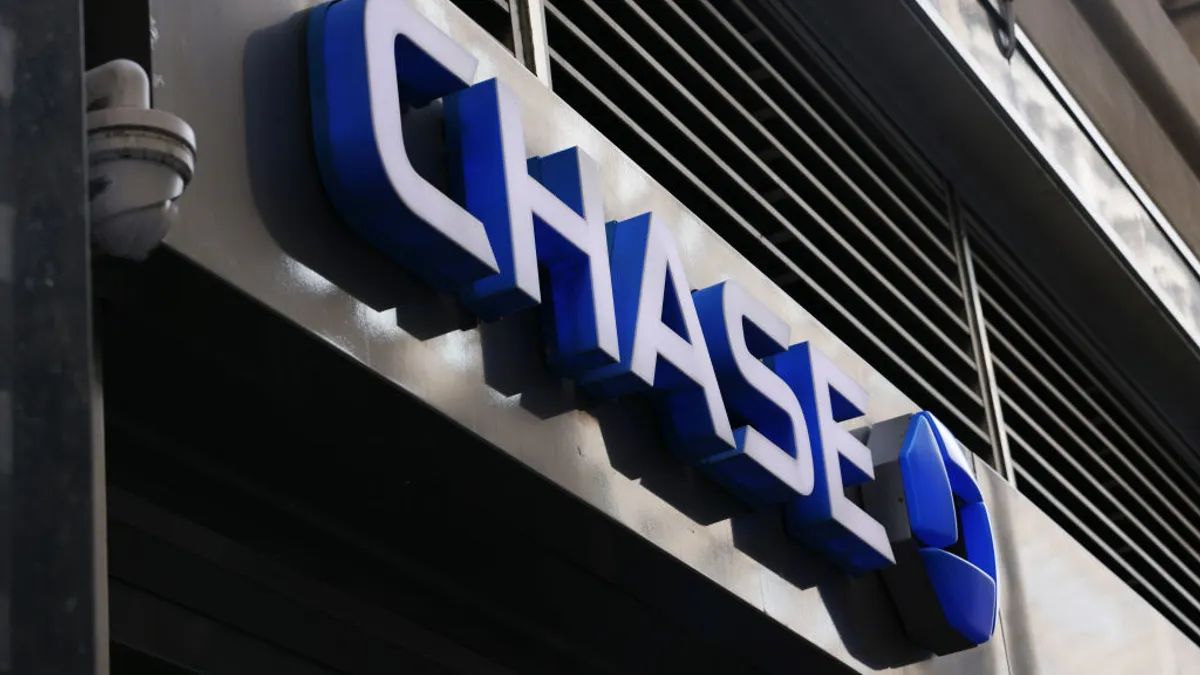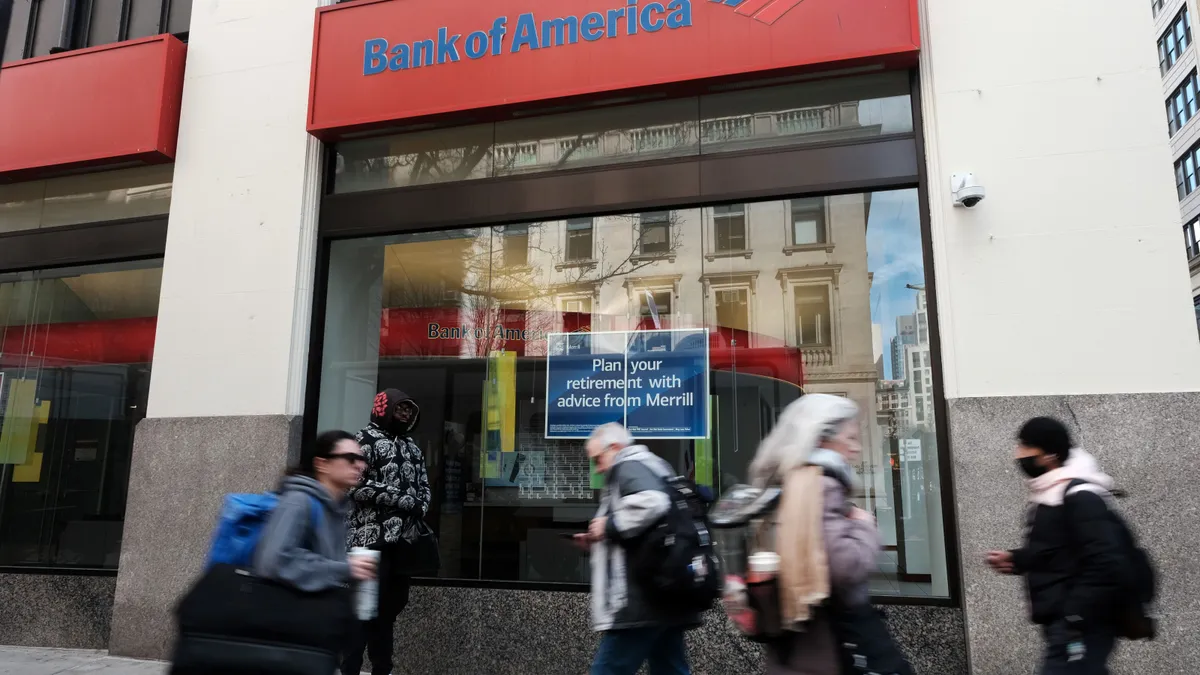Almost half of bank executives surveyed recently by KPMG expect that generative AI will be able to handle between 21% and 40% of their teams' daily tasks by the end of the year.
Banks are spending big on AI: Six in 10 bank executives say generative AI is a top investment priority this year, despite economic uncertainty, according to an April KPMG report that polled 200 U.S. bank executives at firms large and small in March on the tech investments their organizations are making. And 57% said generative AI is an integral part of their long-term vision for fueling innovation and remaining relevant in the future.
“Banks are walking a tightrope of rapidly advancing their AI agendas while working to better define the value of their investments,” Peter Torrente, KPMG’s U.S. sector leader for its banking and capital markets practice, said in the report.
About half of executives polled said their banks are actively piloting using generative AI in fraud detection and financial forecasting; 34% said that about cybersecurity. Fraud and cybersecurity are most common at the proof-of-concept stage (both 45%), followed by financial forecasting (20%).
About 78% are actively using generative AI or piloting its use for security or fraud prevention; 21% are considering it. A vast majority (85%) are turning to generative AI for data-driven insights or personalization.
Banks are also thinking about using generative AI to better inform their sales forces, bolster analytics, enhance product development or personalize the customer experience, Torrente said.
It’s still “early innings” for generative AI uses in production, but that will advance over the next year, Torrente said.
By the end of the year, about three-quarters of the executives polled by KPMG expect generative AI will be able to handle between 6% and 40% of their teams’ daily tasks.
New generative AI capabilities “are coming faster than I’ve seen in my 20 years,” Matt Lucas, a Morgan Stanley veteran and field chief technology officer at data and AI company Stardog, said in an interview earlier this year. Stardog works with big banks to generate knowledge graphs that can help businesses connect and better understand data.
The current pace of AI development “is breathtaking,” leading banks – for at least some uses – to turn to third-party vendors, said Chris Ackerson, senior vice president of product and head of AI at Alphasense, an AI market intelligence firm.
Lenders are turning to Alphasense and other companies like it to optimize their due diligence process and aid in deal sourcing, to pinpoint high potential opportunities. The latter “can be a revenue generation play,” not just an efficiency boost, Ackerson said.
Bankers are dealing with “a deluge of information,” and many banks are trying to normalize notoriously long hours for junior bankers, “so if they can give them tools to be able to generate even higher-quality output but more efficiently, that’s a big value add,” Ackerson said.
If banks aren’t adopting new technology, they risk losing ground to fintech competitors, which are typically able to move faster. “The balance there is a tough thing to navigate,” Lucas said.
More than half of bank executives KPMG polled said fintech rivals are prompting them to evolve their offerings. But even though banks may be eager to move quickly, they have to lead with the right controls, Torrente said.
“Those that have gotten out ahead without taking compliance and legal and risk along for the journey have had to double back,” he said.
As firms start to realize the challenges AI can address, such as detecting fraud or identifying patterns in data, “you're starting to see multi-agents start to be more embraced and considered,” Lucas said. Multi-agent AI systems take a multi-step process that's typically run by an individual or multiple systems and combine it, to handle more complex processes.
With fraud detection, for example, the next steps would include routing information to the right people and sending an alert to those who need to take action or start another process, he said.
As banks weave generative AI into their cybersecurity, fraud and financial forecasting functions, ensuring their employees know how to best use generative AI-powered tools has become crucial to secure the return on investment.
Training employees on using new tools or software is “a big element of all of this, to get the benefits out of the technology, as well as to make sure that you’re upskilling your employees,” Torrente said.
Many banks, particularly larger lenders, are already investing in such training as they deploy various AI tools, Torrente said, but it’s something banks of all sizes should prioritize, as customer expectations evolve and smaller banks strive to remain competitive.






















